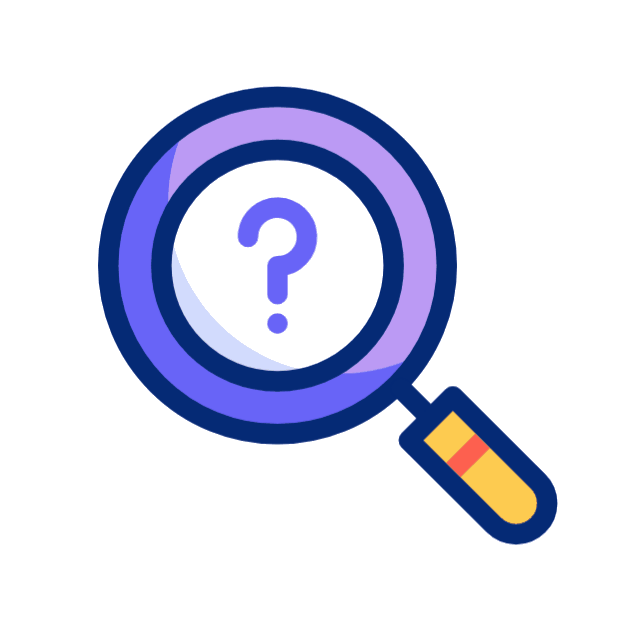
Pamelah Landers is a globally recognized Hand Analyst who has been reading hands since 1991, with over 50,000 hands studied in more than three decades of practice. Through her science-based approach to palmistry, she helps people embrace self-acceptance, deepen self-love, and understand their unique design. An accomplished author and creator of numerous books and audio programs, she is the #1 International Best-Selling Author of Hand Analysis products. Pamelah is passionate about decoding hand markings to provide language and insight that fosters authenticity, intimacy, and personal connection. MysticMag features an exclusive interview.
Your work emphasizes that fingerprint patterns determine Soul Agreements/Contracts of Life Purpose and Life Lesson. They remain unaltered throughout your life. How does this biological foundation translate into actionable insight for clients during a reading?
Fingerprints are fully formed by 16 weeks (4 months) after conception and never change. They’re the only part of the hand that for sure stays the same. Lines in the hands may or may not shift—some of mine have disappeared since I took my first handprints over 34 years ago—yet the fingerprints are constant. They hold what I call the “Soul Agreements/Contracts.”
In talking with clients, it’s not just about the system I use—it’s about how that information is communicated. You can have astrology, numerology, Human Design, or any other modality. If the insight isn’t shared in a way the person understands and feels in their body, it won’t land. If they can’t tell me a story or give me an experience of what I just shared, it won’t resonate. So, I ask for examples. Once they have verbalized something tangible, it makes complete sense for them.
My teacher developed the fingerprint system in the 1980s after spending time in a medical library in Houston. He was researching medical books and articles about fingerprints—back then, these were the only resources. Fingerprints weren’t mentioned in any palmistry books/hand analysis books he read.
There are four basic fingerprint patterns. The medical research about how they form in utero became the foundation for this system. On the third day he received a full download on how to apply fingerprint patterns to the meaning of each finger by overlaying that science with what each finger embodies. That’s how biology met soul mapping. I can’t tell you why fingerprints never change—you’d have to ask God about that one—but I can tell you that it’s amazing.
As an example, a fingerprint pattern called a “whorl,” which looks like a bullseye, forms differently than an “arch.” Whorls have the most ridges in their pattern and stand higher on the volar pad/fingertip of the finger, while arches have the fewest ridges and sit flat.
Before Hand Analysis came into my world, I provided astrology and numerology readings. Later, I learned about Human Design. All of these systems show that our bodies carry a “soul map.” Even identical twins don’t have identical maps.
I just love the tangibility of holding hands and decoding the story written there. Sometimes the fingerprints even echo the same themes found in the lines, creating a beautiful pattern of confirmation. Every person has a unique design for why they’re here, and my work is to read/ interpret the map that your hands have been carrying since before you were born.
Scientific Hand Analysis is described as a science-based system distinct from traditional palmistry and fortune-telling. How did you develop or adopt this more structured, teachable form of hand analysis, and why is it important to distinguish it from predictive palm reading?
The fingerprints, for example, are totally science-based, garnered from medical books/articles. There is a database of teachable/learnable information for each marking in the hand: line formations, hand shapes, lengths of fingers/thumb, and the fingerprints. Before adding anything to the system’s database, the creator tested it with at least 100 people to confirm accuracy. If it didn’t hold up—like the old palmistry idea that certain lines predict the number of marriages or children—it didn’t get included. That’s a huge difference from fortune telling.
What drew me to it was how tangible it is. I can literally look at a hand and trace where a line starts and ends, and know exactly what it means. Then I share that out loud.
When most people think of palm reading, they imagine gypsies, carnival booths, or fortune tellers on the boardwalk. I lived in LA for a while, near Venice Beach, where you could see people reading palms in that classic, predictive way. That’s not what I do.
The system has clear structures. For example, the length of a line indicates how much time you spend in that energy. Each zone of the hand also has specific meanings and are named after mythological beings (Jupiter, Venus, Mars, Mercury etc.) It’s consistent, teachable, and it works.
Over the past 34½ years, I’ve read more than 50,000 hands. As I’ve practiced, I’ve refined the language, added new insights from clients and students, and made the interpretations more flexible and relatable—without losing the tested accuracy that makes this system so powerful.
You’ve identified Gift Markings—rare line formations in the hand—as indicators of extra potential talent. How do you support clients who have multiple Gift Markings to integrate that energy in a grounded, sustainable way?
Gift Markings are one of my favorite things to talk about—probably because I have a ton of them myself. I’ve written books and taught classes on them, and I seem to attract clients who also have a lot of gift markings. That’s no accident—because I have them, I know exactly how to support people with them.
Only about 10% of the world’s population has any gift markings at all, so it’s a rare experience. If someone has three or more—which most of my clients do—that puts them in about 7% of the general population. The more you have, the rarer you are. Seven gift markings? You’re in the 1% worldwide.
Here’s the challenge: the more gift markings you have, the fewer people on the planet can truly see, support, and understand you. Not because they don’t want to—they simply don’t have the design to do so. It’s like expecting someone who designs clothes to fully understand what it takes to be an Olympic athlete.
That’s why one of the most important conversations I have with clients is about trust, relationships, and support. If 93–99% of people aren’t wired to see you clearly, you have to be intentional about who you let into your inner circle. Otherwise, you risk frustration, feeling unseen, or holding yourself back in relationships where your gifts aren’t understood—or worse, where they’re feared or contained. Jealousy pops up often, which is a big relationship challenge.
The truth is, people with gift markings already know they’re gifted. They may not know the specifics, yet nothing I tell them comes as a surprise. More often, they feel relief—sometimes even tears—because they finally have permission and language for what they’ve always sensed about themselves. They’re being truly seen, maybe for the first time in their lives.
Your methodology includes working with individual sessions over Zoom using photos of clients’ hands. How do you maintain intimacy and accuracy in readings in a remote format, and what feedback do clients typically share about the experience?
When I first started reading hands, there was no internet—so I was working with real, physical hands in person. Over the years, I’ve adapted so that now, even if we’re on Zoom, I can still get a clear, accurate read. Sometimes people send me handprints using ink sheets I mail to them. More often, they send me a set of detailed digital photos taken from multiple angles. Lighting is key, so I give very specific instructions to make sure I can see everything clearly. If there’s something I truly can’t read—like a set of fingerprints that didn’t come through—I’ll be honest about that from the start.
The intimacy of my readings doesn’t come from the hands—it comes from connection. I’m an open book about who I am, and I often share personal stories to make the insights real and relatable. My readings are highly interactive; it’s never just me talking at someone. I can tell from their hands what style of communication sits best with them. I ask a lot of questions and encourage my clients to tell their own stories in response to what I’m seeing. This way, they can connect the information to their real life. That’s when it truly lands—when they can see and feel how it applies to them.
Sometimes, the way they respond helps me fine-tune the language I’m using, so I can convey the message in a way that resonates deeply. After reading and writing about hands for many years, I have a library of ways to explain markings, and I use whatever approach makes the insight click.
In your trainings—from heart line courses to advanced mentorship—how do you help practitioners translate the technical understanding of hand analysis into intuitive, empathetic client communication that empowers personal growth?
Most of the people I teach in my Heart Lines classes are not necessarily using the information in a professional or practitioner setting. The Heart Line is about how we communicate our feelings and emotions—our personal style of emotional expression. They’re learning about themselves on a personal level. After all, everyone has Heart Lines, and we are all in relationship with other human beings.
There is often a deep curiosity in my students to understand this aspect of themselves. They are gaining a language for how they communicate, what they need, and how they recognise love in their lives. They begin to see when they feel loved—and when they don’t. This becomes especially illuminating when a partner has an opposite Heart Line type, which is quite common. In those cases, miscommunication often arises—not because love is absent, but because it is expressed in a way the other person doesn’t easily recognise.
When I first published my book on Heart Lines in 2002, my intention was clear: if people could read it and truly apply the tangible information, there would be fewer divorces. My hope was that they would become more curious about their partner’s communication style, and more willing to accept it instead of judging it. This, I believe, addresses one of the greatest issues in relationship challenges.
In recent years, most of my classes use hand markings primarily as a tool for self-discovery, helping people understand themselves more deeply and compassionately. It’s a tangible and rapid process to know yourself, accept yourself and most importantly, love yourself.
“Self-love is the bottom line” is my tag line.
If you would like to find out more about Pamelah Landers, please visit https://www.pamelahlanders.com/



